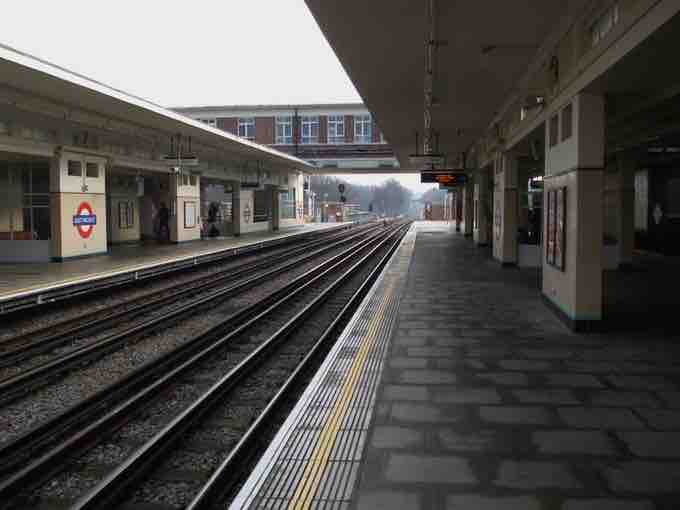How do we perceive images? Are the images we see directly mapped onto our brain like a projector? In reality, perception and vision are far more complicated than that. Visual stimuli enter as light through the photoreceptors in the retina, where they are changed into neural impulses. These impulses travel through the central nervous system, stop at the sensory way-station of the thalamus, and then are routed to the visual cortex. From the visual cortex, the information goes to the parietal lobe and the temporal lobe. Approximately one-third of the cerebral cortex plays a role in processing visual stimuli.
Depth Perception
Depth perception is the visual ability to perceive the world in three dimensions, coupled with the ability to gauge how far away an object is. Depth perception, size, and distance are ascertained through both monocular (one eye) and binocular (two eyes) cues. Monocular vision is poor at determining depth. When an image is projected onto a single retina, cues about the relative size of the object compared to other objects are obtained. In binocular vision, these relative sizes are compared, since each individual eye is seeing a slightly different image from a different angle.
Depth perception relies on the convergence of both eyes upon a single object, the relative differences between the shape and size of the images on each retina, the relative size of objects in relation to each other, and other cues such as texture and constancy. For example, shape constancy allows the individual to see an object as a constant shape from different angles, so that each eye is recognizing a single shape and not two distinct images. When the input from both eyes is compared, stereopsis, or the impression of depth, occurs.
Relative Size of Objects
Size and distance of objects are also determined in relation to each other. Visual cues (for instance, far-away objects appearing smaller and near objects appearing larger) develop in the early years of life. Convergence upon a single point is another visual cue that provides information about distance. As objects move farther away into the distance, they converge into a single point. An example of this can be seen in the image of train tracks disappearing into the distance.

Convergence
The train tracks look as though they come to a single point in the distance, illustrating the concept of convergence.
Optical illusions, such as the Ebbinghaus illusion, show how our perception of size is altered by the relative sizes of other objects around us. In the Ebbinghaus illusion, the size of the center circles is the same, but looks different due to the size of the surrounding circles.

Ebbinghaus illusion
The Ebbinghaus illusion illustrates how the perception of size is altered by the relative sizes of other objects. The two center circles are the same size, though they may be perceived to be different sizes.
Depth from Motion
When an object moves toward an observer, the retinal projection of the object expands over a period of time, which leads to the perception of movement in a line toward the observer. This change in stimulus enables the observer not only to see the object as moving, but to perceive the distance of the moving object. This is useful when you cross the street: as you watch a car come toward you, your brain uses the change in size projected on your retina to determine how far away it is.